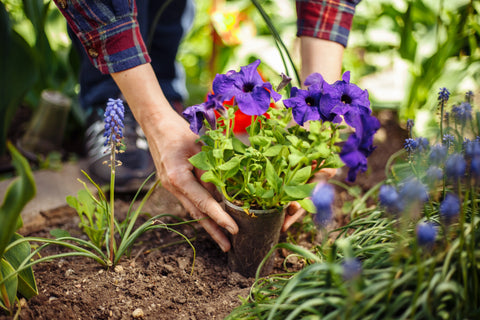Identifying Yellowing Leaves
Yellow leaves occur when a plant gets too much water. If it feels like a saturated sponge, you should hold off on watering until it dries out. You might even want to repot your money tree in some fresh potting mix, this time mixed with a blend that runs well, something like a cactus mix. You might need to feed fertilizer to your money tree plant if their leaves are turning yellow and the soil is dry.
Brown leaves with crispy edges usually result from not enough humidity. You could enhance the humidity around the plant by grouping it with other indoor plants, or you could keep the pot on a pebble tray that was partially filled with water. You could keep the air moist by sprinkling your plant or using a humidifier.
The dropping leaves usually result from overwatering or low temperatures. Most plants recover from either once the problem is corrected.
Common Money Tree Problems
Money tree plants do often fall prey to bugs such as aphids and scaling, but an applying neem oil typically does the trick. Pests like that can do significant damage to your plant, so deal with them at the first sign to avoid leaves that are loose, drooping, or dying. Read more about Homemade plant sprays.
In most cases, if the leaves are yellowing or browning, it is either from overwatering or underwatering your money tree. If the leaves are curling, it is probably from underwatering.
The suspicion might be wrong because overwatering isn't always the cause.
Note: If your money tree has soft stems or trunk, your suspicion might just be wrong.
Soft and squish or slightly softened stem or trunk of a plant means you are overwatering. The answer here is to find somewhere with more sun and lay off the watering.










